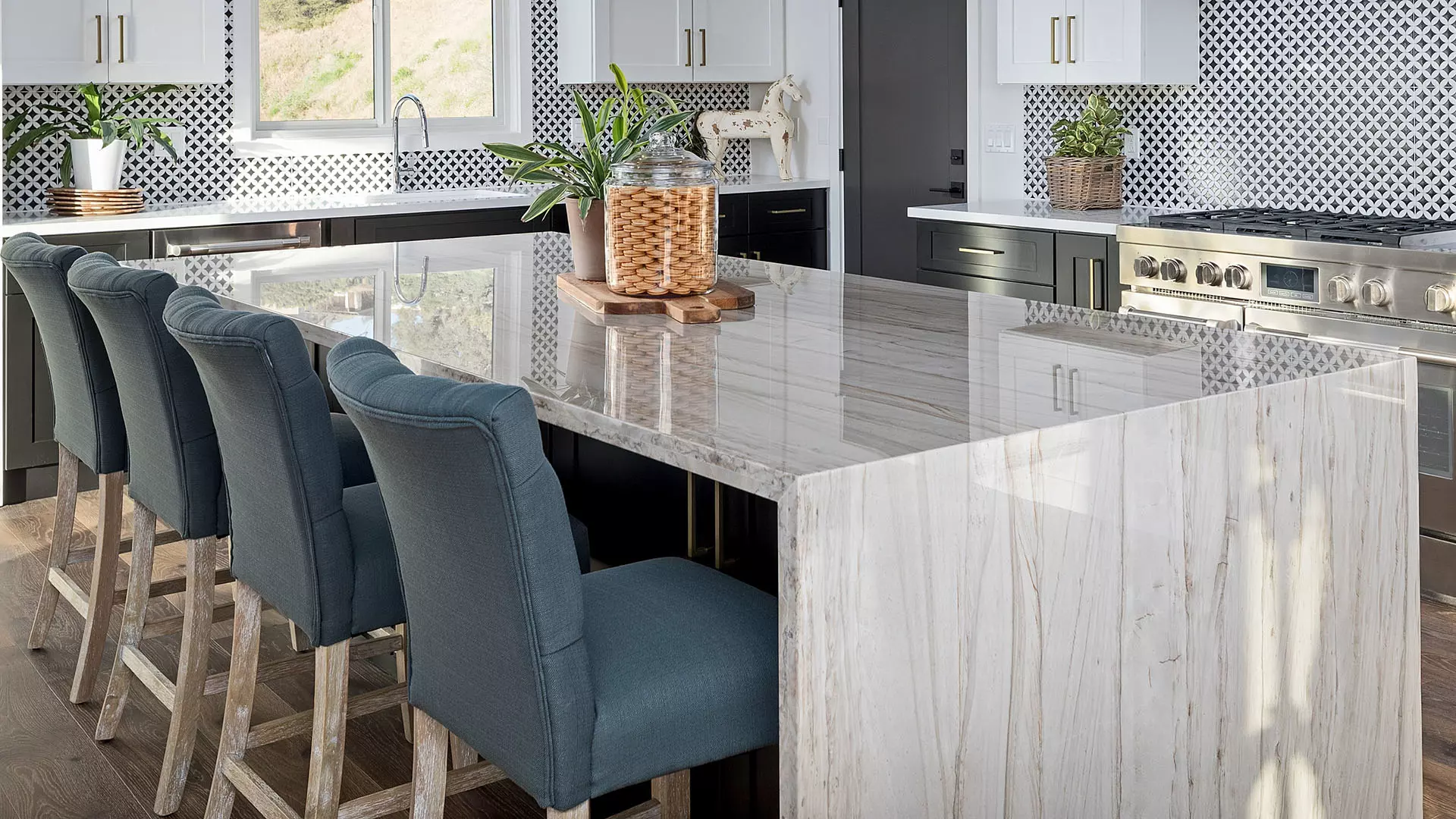When it comes to selecting materials for countertops, flooring, or other surfaces in our homes, one of the most noticeable factors is the color of the material. From the rich veining in marble to the uniform hues of quartz, the colors of slab materials can vary greatly. But what exactly causes these differences in color? Let’s delve into the fascinating world of slab materials and explore the factors that contribute to their diverse hues.
Factors Influencing Color Differences
1. Mineral Composition
The mineral composition of a slab material plays a significant role in determining its color. Different minerals present in the material can create various colors, patterns, and veining. For example, the presence of iron oxide can give natural stones like granite and marble their characteristic reddish and brown hues, while quartzite may exhibit shades of white, gray, or pink due to its mineral composition.
2. Formation Process
The way in which a slab material is formed can also influence its color. Natural stones such as granite and marble are formed deep within the Earth’s crust through the cooling and solidification of magma or the metamorphism of existing rocks. These geological processes, along with the presence of impurities and minerals, contribute to the unique colors and patterns found in natural stone slabs.
On the other hand, engineered materials like quartz are created through a manufacturing process that involves combining crushed quartz crystals with resins and pigments. This process allows for a wide range of colors to be achieved, from subtle neutrals to bold and vibrant hues.
3. Environmental Factors
Environmental factors can also impact the color of slab materials over time. Exposure to sunlight, moisture, and other elements can cause natural stones to undergo changes in color and appearance. This process, known as patina, can result in the development of a unique and aged look that adds character to the material.
Additionally, the location from which a slab material is quarried can influence its color variation. Geological variations in different regions can lead to distinct colors and patterns in natural stone slabs, making each piece truly one-of-a-kind.
Conclusion
The colors of slab materials are a complex interplay of mineral composition, formation process, and environmental factors. Whether you prefer the classic elegance of marble, the durability of granite, or the versatility of quartz, understanding the factors that contribute to the color differences in slab materials can help you make an informed decision when selecting materials for your next home improvement project. Embrace the beauty of natural variation and choose a slab material that speaks to your unique style and preferences.


